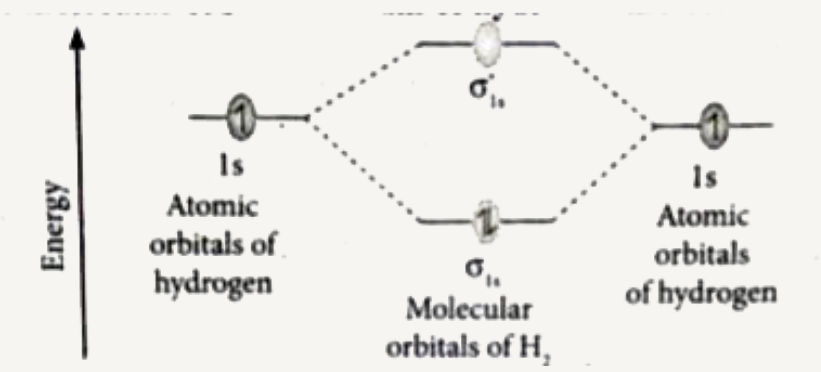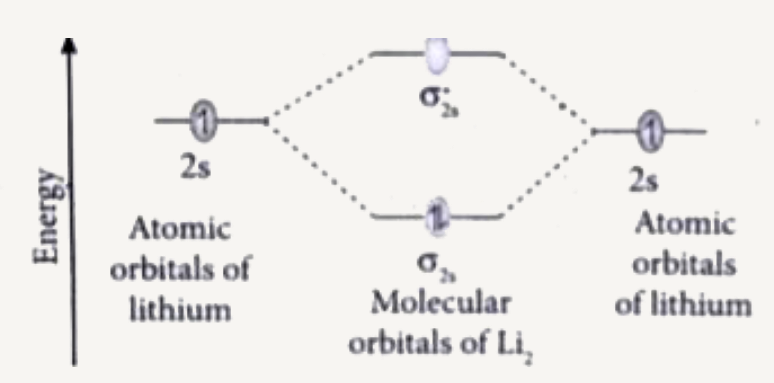Complete Solutions to ADDITIONAL QUESTIONS SOLVED (3-MARK QUESTIONS) of chapter CHEMICAL BONDING of Class 11 book with complete answers and questions
| Class 11 | CHEMISTRY |
| Chapter | CHEMICAL BONDING |
| FULL MARKS | ADDITIONAL QUESTIONS SOLVED (3-MARK QUESTIONS) |
| Number Of Questions | 25 |
| Academic Year | 2023-24 |
Draw the lewis structure of (i) Nitrogen (ii) Carbon (iii) Oxygen.
View SolutionDraw the lewis structure of (i) Ammonia (ii) Methane (iii) Dinitrogen pentoxide
View SolutionCalculate the bond enthalpy of OH bond in water.
View SolutionExplain how the ionic character in a covalent bond is related to electronegativity?
View SolutionCuCl is more covalent than NaCl. Give reason.
View SolutionDraw the structure of `AB_(2), AB_(3), AB_(3)L` type of molecules with example.
View SolutionGive example and structure of (i) `AB_(3)L`
(ii) `AB_(5)` (iii) `AB_(2)L_(2)` type of molecules with example.
View SolutionDraw the shape of (i) `XeF_(2)` (ii) `IOF_(5)` (iii) `XeOF_(4)`
View SolutionExplain the bonding in oxygen molecule.
View SolutionExplain about the molecular orbital diagram of hydrogen molecule.

View SolutionDraw and explain the M.O. diagram of lithium molecule.

View SolutionDraw and explain the M.O. diagram of Boron molecule.

View SolutionDraw and explain the molecular orbital diagram of carbon molecule.

View SolutionWrite Lewis dot symbols for atoms of the following elements: Mg, Na, B, O, N, Br.
View SolutionWrite Lewis symbols for the following atoms and ions: S and `S^(2-)` , Al and `Al^(3+)` , H and `H^(-)`
View SolutionDraw the Lewis structures for the following molecules and ions:
`H_(2)S, "SiCl"_(4), BeF_(2), CO_(3)^(2-),` HCOOH
View SolutionDefine Octet rule. Write its significance and limitations.
View SolutionWrite the resonánce structure for `SO_(3), NO_(2) and NO_(3)^(-)`
View SolutionWhat do you understand by bond pairs and lóne pairs of electrons? Illustrate by giving one example of each type.
View SolutionDistinguish sigma and pi - bonds.
View SolutionWrite the important conditions required for the linear combination of atomic orbitals to form molecular orbitals.
View SolutionWhat are Lewis structures? Write the Lewis structure of `H_(2), BeF_(2) and H_(2)O.`
View SolutionWhat are the main postulates of Valence Shell Electron Pair Repulsion (VSEPR) theory?
View SolutionApart from tetrahedral geometry, another possible geometry for `CH_(4)` is Square planar With four H atoms at the corners of the square and C atom at its centre. Explain why `CH_(4)` is not square planar?
View SolutionExplain why `BeH_(2)` molecule has a zero dipole moment although the Be - H bonds are polar.
View Solution
ADDITIONAL QUESTIONS SOLVED (3-MARK QUESTIONS) questions and complete solutions for chapter CHEMICAL BONDING of FULL MARKS CHEMISTRY (TAMIL ENGLISH) of Class 11
All Exercises from FULL MARKS Class 11 CHEMISTRY CHEMICAL BONDING
- ADDITIONAL QUESTIONS SOLVED (2-MARK QUESTIONS)
- ADDITIONAL QUESTIONS SOLVED (3-MARK QUESTIONS)
- ADDITIONAL QUESTIONS SOLVED (5-MARK QUESTIONS)
- ADDITIONAL QUESTIONS SOLVED (ASSERTION AND REASON.)
- ADDITIONAL QUESTIONS SOLVED (CHOOSE THE CORRECT ANSWER.)
- ADDITIONAL QUESTIONS SOLVED (CHOOSE THE CORRECT PAIR)
- ADDITIONAL QUESTIONS SOLVED (CHOOSE THE CORRECT STATEMENT)
- ADDITIONAL QUESTIONS SOLVED (CHOOSE THE INCORRECT PAIR.)
- ADDITIONAL QUESTIONS SOLVED (CHOOSE THE ODD ONE OUT.)
- ADDITIONAL QUESTIONS SOLVED (FILL IN THE BLANKS.)
- ADDITIONAL QUESTIONS SOLVED (MATCH THE FOLLOWING.)
- IN TEXT QUESTION-EVALUATE YOURSELF
- TEXTUAL EVALUATION SOLVED (MULTIPLE CHOICE QUESTIONS.)
- TEXTUAL EVALUATION SOLVED (SHORT ANSWER QUESTIONS.)